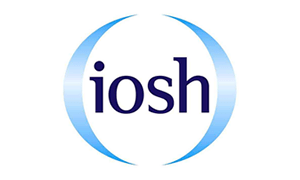Protecting a Diverse Mobile Workforce

With the rapid growth of business travellers and expatriates, many organisations are finding it challenging to manage the travel safety, health and security of their workers. The growth also changes the diverse composition of a mobile workforce and the risks associated. A responsible employer will understand that they have a moral imperative to protect their employees from harm, no matter where they work. The appropriate travel healthcare and safety support should ideally consist of three components:
- assessing risk
- providing appropriate advice on prevention measures
- responsive assistance
Women

More women are travelling for business than ever before. Therefore, it is important to consider the varying cultural, legal, health and social challenges they could face and how to effectively mitigate any risks.
- understand the additional vulnerabilities of your profile
- research your destination before your trip
- be a ‘hard target’
- remain calm but vigilant
In addition, it’s recommended to arrive at your destination during daylight hours. If arriving at night, request to be escorted by hotel staff to your room, and do not hesitate to change rooms if there are any issues with door locks or other security features. Request a room near the lift lobby and on the third floor or above, or on the women-only floor if the hotel offers that. Bring a door wedge with you to add your own additional layer of door security.
LGBT Travellers

Organisations that attempt to manage staff members’ risk exposure because of their sexual orientation or gender identity can blur the distinction between an individual’s work life and private life. While some characteristics may be immediately apparent, such as a person’s ethnicity, this is not the case for sexual orientation or gender identity.
Particularly in countries where the risk of being targeted in homophobic attacks is higher, LGBT staff members should exercise heightened awareness of and vigilance towards their surroundings, including being conscious of possible signs of being followed. They should avoid routines and actions that could allow prospective attackers to track daily movements, and choose accommodation at hotels accredited for their appropriateness to the prevailing security environment.In Summary
It is important to consider the composition of an organisations’ mobile workforce to individually asses the possible risks. Adequate preparation and education, addressing the unique needs and risk exposure of mobile workers, is an important risk-mitigation step.We recommend considering the following steps in order to fully understand the potential risks of your mobile workforce:
- Review the profile of your mobile workers
- Educate your company on the risks, especially to your management community
- Keep your people abreast of risks as they evolve
- Put in place a response mechanism to handle any incidents
To download the IOSH guide on managing the safety, health and security of mobile workers, click here.











